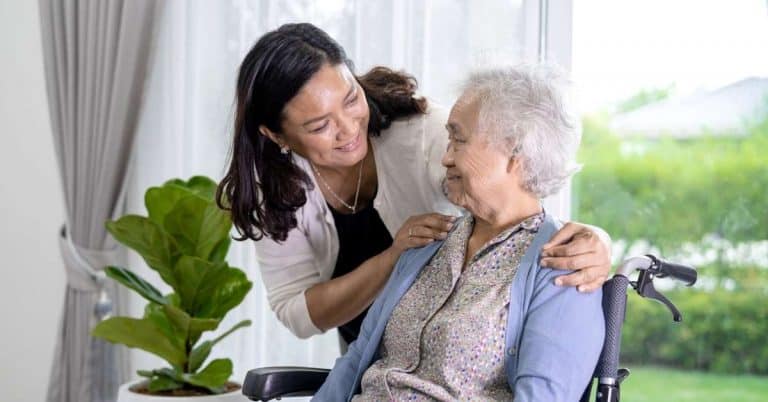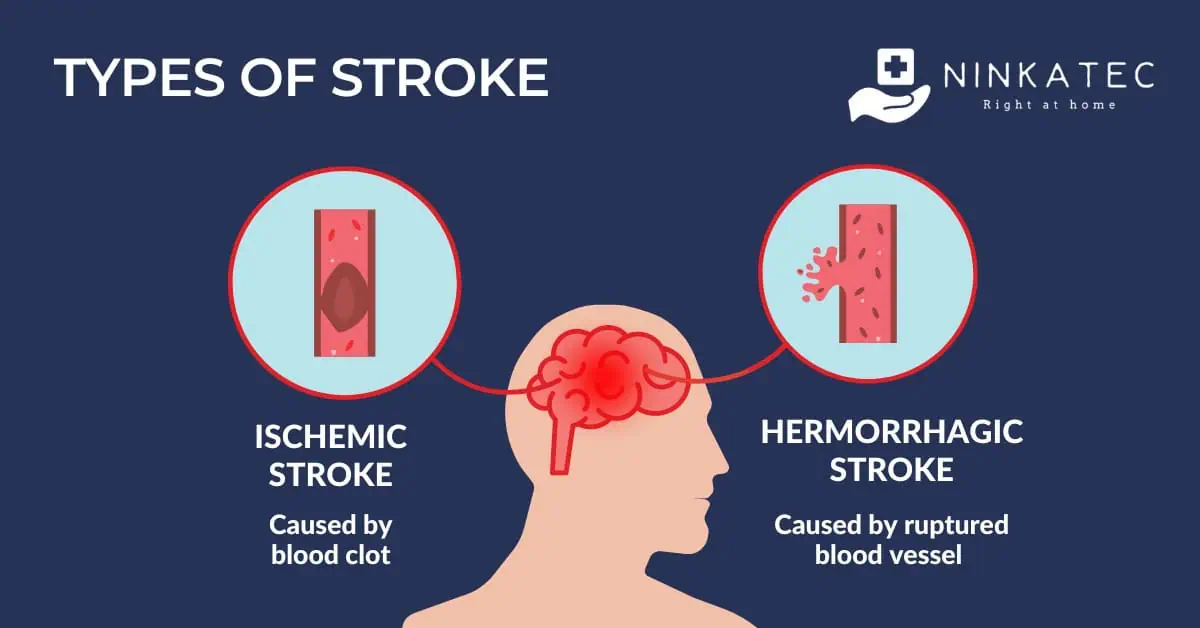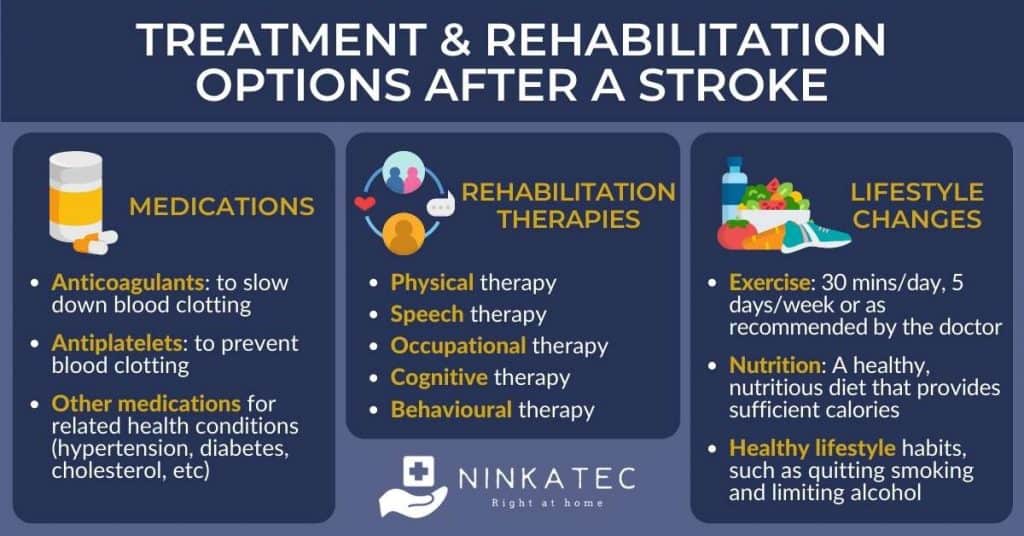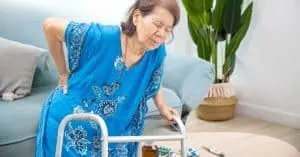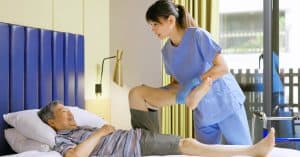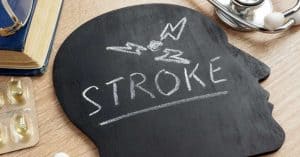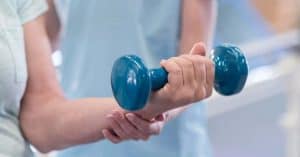When a stroke hits home, it can feel like the world has been turned upside down. For both the stroke survivors and their families, the path forward may seem daunting and fraught with uncertainties. Suddenly, you are faced with a myriad of concerns - navigating treatment options, adjusting daily routines, and contemplating the journey back to life before the stroke.
In this guide, we discuss the available medical treatments and care options that are recommended for patients who have suffered from a stroke. We also provide a brief overview of the different types of stroke and why they require different treatment procedures.
Table of Contents
1. How Stroke Affects the Body
Stroke can be understood as a "brain attack". It occurs when the brain’s blood supply is suddenly disrupted, either by a blood clot blocking an artery or by bleeding (hemorrhage). When this happens, brain tissues are deprived of oxygen, causing damage within minutes.
Often, a stroke leads to physical or cognitive disabilities that require long-term rehabilitation and medical treatment. In fact, stroke is one of Singapore’s leading causes of disability and death. The older population is particularly vulnerable to this disease due to age-related conditions.
Depending on the area and extent of damaged nerve cells, stroke survivors may suffer from any of the following side effects:
- Paralysis on one side of the body
- Poor coordination and balance
- Speech impairments
- Dysphagia (difficulty swallowing)
- Vision loss in one or both eyes
- Memory problems
- Mood disorders
- Fatigue
- Sleep abnormalities
2. Common Causes of Stroke
Typically, stroke risk is higher among individuals with existing cardiovascular diseases and unhealthy lifestyles. However, uncontrollable risk factors like age and biological sex may also contribute to an increased likelihood of experiencing a stroke.
The most common controllable risk factors for stroke are:
- Hypertension
- Diabetes
- High cholesterol
- Cigarette smoking
After a person experiences a stroke, they are most susceptible to a recurrent stroke within the first 90 days of recovery. It is critical to carefully monitor patients during this period since a second stroke may result in more severe health complications.
3. Types of Stroke
A stroke can be further classified into three major types: ischemic, hemorrhagic, and transient ischemic. These are distinguished based on how the blood flow to the brain was interrupted during the stroke and will require different medical treatment procedures.
- Ischemic Stroke
An ischemic stroke is responsible for 74% of strokes, making it the most common type experienced in Singapore. It is caused by a blood clot that reduces proper circulation in the blood vessels and prevents the brain from receiving sufficient oxygen. Although ischemic strokes are more common, the recovery rate is higher than hemorrhagic strokes since they are less likely to cause adverse side effects.
- Hemorrhagic Stroke
A hemorrhagic stroke usually occurs when an artery ruptures in the brain. This causes internal bleeding either within the brain or between the skull and the brain, which damages cells. Hemorrhagic strokes may also result from weakened blood vessels leaking – this is commonly seen among elderly individuals whose brains are susceptible to cerebral microbleeds.
- Transient Ischemic Attack (Mini Stroke)
A transient ischemic attack is often an early predictor of a serious stroke. Generally, individuals temporarily experience difficulty speaking, seeing, or moving. While these symptoms can resolve themselves within 24 hours, it is important to consult a doctor immediately to diagnose and treat the blood clot sites in the brain that are disrupting circulation.
4. Recovering from a Stroke: Treatment and Rehabilitation Options
Medication and therapy aid in the recovery of stroke survivors. Once the patient’s condition is stabilised, doctors will prescribe a specific treatment plan for rehabilitation and stroke recurrence prevention. These usually include:
- Anticoagulants - These are given to patients who suffered from either an ischemic stroke or a transient ischemic attack. The recommended schedule for intake will depend on the severity of the stroke.
- Antiplatelets - This type of medication prevents blood clotting and is usually paired with anticoagulants to treat ischemic strokes and transient ischemic attacks.
- Medication for other health conditions - In cases where underlying conditions contributed to the initial stroke, patients are given medication to address these health concerns. These are commonly given to manage cholesterol, atrial fibrillation or diabetes.
- Physical therapy - Mobility is typically affected after a stroke. Physical therapy provides rehabilitation for basic movements like walking, standing, grasping, and transitioning from one movement to another.
- Speech therapy - This helps patients improve their ability to verbally communicate and comprehend speech after a stroke.
- Occupational therapy - This helps restore functional skills related to performing daily tasks like bathing, eating, and cooking.
- Cognitive remediation - This is used to rehabilitate affected cognitive functions related to memory and attention. It also focuses on addressing psychological disturbances that may have been triggered by the stroke.
- Exercise and diet - Patients whose strokes were caused by unhealthy lifestyle factors are recommended to incorporate regular exercise and a balanced diet into their routines. Check out our nutrition and fitness guide for stroke recovery for exercise & diet ideas and tips.
5. The Specialised Care Needs of Stroke Patients
Strokes affect patients in different ways, both physically and psychologically. When necessary, it is useful to consult medical professionals regarding the type of care a loved one may require as they recover. The right stroke care will maximise the chance of recovering, prevent recurrence as well as reduce the burden to the patient and family from stroke side effects.
- Physical Effects
A stroke survivor’s mobility and ability to perform routine tasks can be affected to various extent after a stroke. Post-stroke effects on physical abilities can range from mild weakness to severe paralysis, from pain to difficulty swallowing food and speaking. Depending on the impact of the stroke, patients and families may need physical or speech therapists, nursing care services, or a palliative care team to tend to their holistic post-stroke rehabilitation need.
In some cases, helping a loved one recover from a stroke can be like a full-time job which lasts months and calls for caregiving skills family members don't readily possess. Depending on situations, families may consider hiring a short-term or long-term professional caregiver to care for their loved ones during the stroke recovery process. If the family decides to play the role of the main caregiver yourself, a caregiver skill course could help you get started with confidence. Singaporeans and Singapore PR can get $200 subsidy per year for the course fee using Caregivers Training Grant.
The first six months after a stroke - known as the subacute phase - plays a crucial role for recovery from physical effects. Learn more about therapies and rehabilitation techniques during this period and how to make the most of this window of opportunity here.
- Psychological Challenges
It is not uncommon for stroke survivors to develop negative thought patterns and depression as they adjust to the major changes in their lives. Studies have found that patients with untreated emotional distress exhibited lower chances of recovery and survival after a stroke.
If a loved one is struggling emotionally or mentally after their stroke, it is important to speak with a Psychologist or Psychiatrist for support and treatment. There are also a number of support groups for stroke survivors and families to help them cope better during post-stroke recovery. For many stroke survivors, meeting and interacting with people in the same situation provides them with the crucial understanding and motivation to claim back their life after a stroke.
6. Ninkatec’s Home Care Services for Stroke Patients
Ninkatec offers cost-effective, quality home care services for elderly clients with medical problems such as stroke. After a comprehensive medical assessment, our team of specialists will recommend a care plan that best suits the needs of the client recovering from a stroke:
- Right at Home - For patients who suffered from strokes and require support with monthly doctor home visits.
- Close Connect - For individuals with severe post-stroke side effects or conditions that need to be closely monitored daily.
- Virtual Care - For 24/7 remote medical support and virtual monitoring of patients’ health.
Stroke patients may also benefit from Ninkatec’s transitional care to comfortably transition from hospital or clinic to home care. Palliative care for stroke can also be useful for individuals who suffer from multiple side effects and require care from a multi-disciplinary care team.
7. Recovering with Ninkatec
While the rehabilitation process after a stroke is undoubtedly challenging, it is important to remember that progress is possible. The journey may require a lot of patience, but with knowledge and the right medical and emotional support, it can be made easier. When the path is walked together - by the stroke survivor, their family, and a dedicated care team, hope and result can grow stronger.
At Ninkatec, we understand the unique challenges of this journey. Our team of doctors, nurses, therapists and caregivers is committed to providing not just medical support, but also the emotional encouragement to stroke survivors and families. We stand ready to guide you and loved one through each stage of recovery, offering professional assistance tailored to your individual needs.
Chat with us or enquire below to walk the recovery road together!

